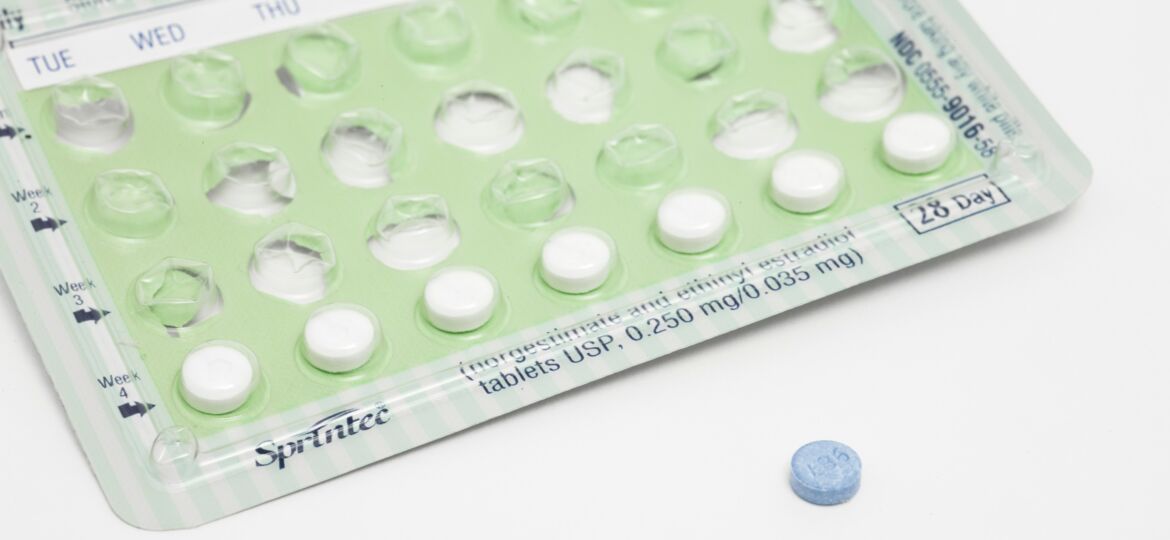
My new patient J. came into my office with her mother last week to discuss her awful periods. She’s 13, and has been to the emergency room several times (and missed over a week of school this year) because of heavy bleeding and disabling pain. I was excited about offering J. combined oral contraceptive pills — I don’t often have the chance to greatly improve someone’s life with a simple prescription. But her mother resisted, because when she was her daughter’s age, “only bad girls went on the Pill that young.” Forty-five minutes of conversation later, J.’s mother promised to think about it.
This encounter was a reminder that the birth control pill has the wrong name. Sure, the contraceptive power of combined oral contraceptive pills is fantastic (97 percent effective when used perfectly). But it’s so much more than that.
Your humble little pill is also…
- The anti-anemia pill. You’ll bleed less heavily and for fewer days each month.
- The anti-cramp pill. You’ll need less ibuprofen to treat your menstrual cramps and back pain…and maybe none at all.
- The pro-clear-skin pill. Dermatologists widely recommend the pill to help control acne.
- The anti-hair-in-the-wrong-places pill. Meaning less hair growth on your face.
- The cyst-reduction pill. You’ll reduce the chances of developing ovarian and breast cysts. These cysts are benign, but cause anxiety and the need for more doctor’s visits to follow them over time.
- The cancer prevention pill. By using the pill for years over the course of your life, you can reduce your risk of endometrial and ovarian cancer by 50-80 percent.
- The mood stabilizer pill. The pill can work wonders in some women with premenstrual dysphoric disorder (PMDD).
- The bone strengthening pill. Studies indicate that use of the pill can help ward off osteoporosis.
- The pro-fertility pill. The pill provides some protection against pelvic inflammatory disease (PID), a major cause of infertility.
Do any of you take the “birth control” pill for non-birth control reasons?
